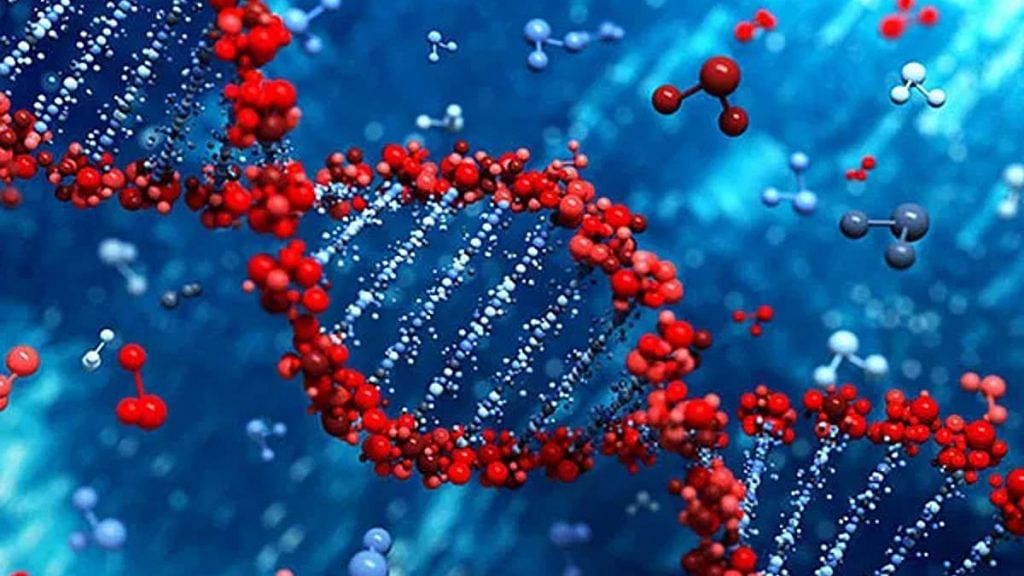Bengaluru: The US Food and Drug Administration (FDA) has approved the gene therapy drug etranacogene dezaparvovec, under the brand name Hemgenix, for treating Haemophilia B, a rare congenital bleeding disorder. The Australian manufacturer CSL Behring has set the price of the drug at USD 3.5 million per treatment, making it the most expensive drug in the world.
Haemophilia B is caused by low or missing proteins (“factors”) needed to produce blood clots, called factor IX. Those who suffer from the disease experience prolonged bleeding after injuries and after surgical procedures including dental ones, as their blood does not clot immediately. Prolonged bleeding can lead to blood getting into muscles, joints, and internal organs, including the brain, causing severe consequences.
The drug will be used for those who are currently getting treated with factor IX prophylaxis therapy, have had or currently have life-threatening haemorrhage, or have repeated and spontaneous bleeding.
Typical treatment for the disease involves infusing a patient’s body with replacement for factor IX to stimulate blood clotting through proteins called clotting factors. The treatment is a routine requirement, even without injury, and enables patients to maintain sufficient levels of clotting factor in their blood to prevent uncontrolled bleeding episodes. However, lifetime costs for today’s treatments for Haemophilia B can go up to USD 23 million, especially in the US.
Hemgenix, approved by the FDA Tuesday, is a one-time therapy, given through a single dose of IV infusion. It consists of infusing the body with the F9 gene for coagulation factor IX, delivered through an adeno-associated viral vector (carrier). The gene enables the liver to produce the protein naturally and increase its levels in blood, providing lifelong natural blood clotting.
The treatment is among many to utilise gene therapy in recent years, thanks to rapid advances in genetic editing technology and CRISPR.
“Gene therapy for hemophilia has been on the horizon for more than two decades. Despite advancements in the treatment of hemophilia, the prevention and treatment of bleeding episodes can adversely impact individuals’ quality of life,” Peter Marks, director of the FDA’s Center for Biologics Evaluation and Research, said in a statement.
He added: “Today’s approval provides a new treatment option for patients with Hemophilia B and represents important progress in the development of innovative therapies for those experiencing a high burden of disease associated with this form of hemophilia.”
Because of its ability to enable the body to clot blood better, the gene therapy patients also experience secondary benefits such as safer and more robust joints and muscles. However, patients are advised in the prescribing information for the therapy to monitor liver parameters and watch out for liver toxicity.
Also read: Diarrhoea drug, 2 hormonal contraceptives may help treat core autism symptoms, Norway study finds
Evaluation of safety and efficacy
Haemophilia B affects one in 30,000 people and is more prevalent in men. it is rarer in women, and can present with mild-to-no symptoms, including as heavy menstrual or post-partum bleeding.
The safety and efficacy of Hemgenix was evaluated in two studies.
The Phase 2b trial (evaluating for safety and efficacy with low number of participants) by University of California (San Diego, Davis) and University of Michigan (Ann Arbor) saw three male participants receive the IV infusion, resulting in complete bleeding cessation and stopping of factor IX replacements.
The Phase 3, open label, single dose, single arm HOPE-B trial, which had 54 male participants with moderately severe or severe Haemophilia B, was the largest gene therapy trial for the disease. It showed that participants were able to experience a stable and consistent increase in factor IX at 18 months, resulting in a significant reduction of bleeding.
The trial was conducted by researchers from the University of Michigan-Ann Arbor, after which CSL acquired global rights to commercialise the treatment.
American drug pricing
As genetic editing as a concept becomes more and more common and accessible to lay people, drugmakers continue to charge steep prices for life-saving therapies.
Previously, the most expensive drug was America’s Zolgensma, also a single-dose gene-therapy for children with spinal muscular atrophy. It cost USD 2.125 million per dose.
Hemgenix is designated by the FDA as an orphan drug, approved for an orphan disease, and thus the manufacturer CSL Behring will get exclusive rights to the marketplace for seven years, even if its patent runs out. The exclusivity was conceived as a way to incentivise medical research, as it acts as compensation for companies manufacturing expensive drugs to treat very rare disorders and ending up not being profitable. However, the pricing for these orphan drugs is allowed to be set by the drugmaker.
Although patients often pay less than the indicated cost of a drug with health insurance, medical therapy and prescription drug prices in the US are more than 250 per cent higher than the rest of the world, and pharmaceutical revenue from US sales exceed the combined revenue of the rest of the world.
Hemgenix is also being evaluated by drug regulators for the European Union, the United Kingdom, and Australia, and prices for the rest of the world have not been set yet.
(Edited by Poulomi Banerjee)
Also read: US study on drug resistance says it led to 1.27 million deaths in 2019, more than HIV/AIDS
